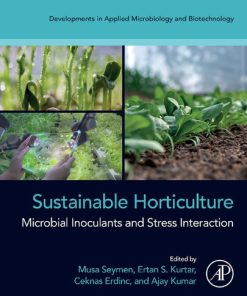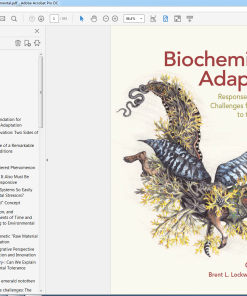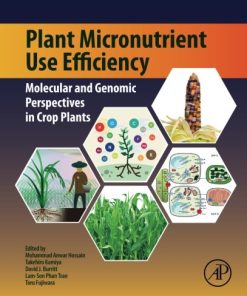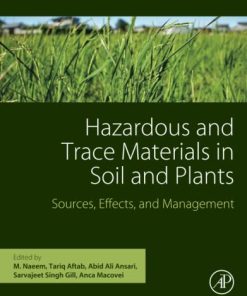Plants and their Interaction to Environmental Pollution: Damage Detection, Adaptation, Tolerance, Physiological and Molecular Responses 1st edition – eBook PDF
$50.00 Original price was: $50.00.$35.00Current price is: $35.00.
Plants and their Interaction to Environmental Pollution: Damage Detection, Adaptation, Tolerance, Physiological and Molecular Responses – Ebook PDF
Plants and their Interaction to Environmental Pollution: Damage Detection, Adaptation, Tolerance, Physiological and Molecular Responses 1st – Ebook PDF Instant Delivery – ISBN(s): 9780323999786,0323999786, 9780323983099, 032398309X
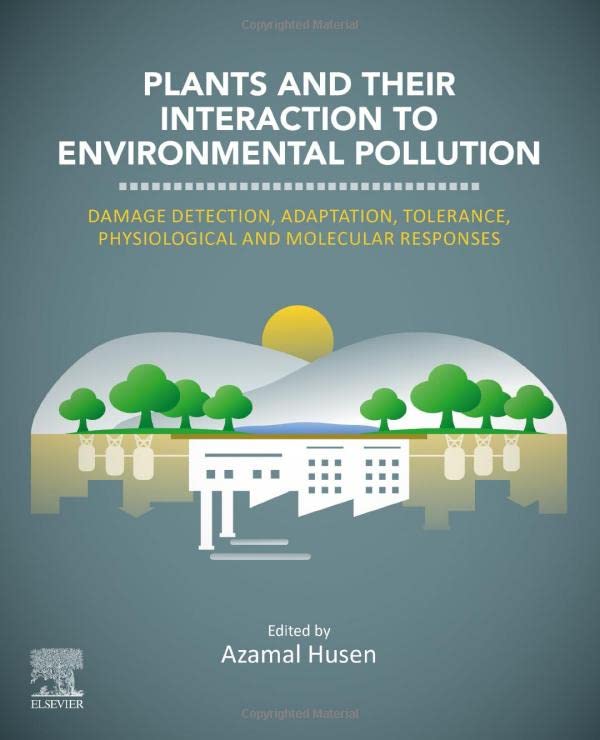
Product details:
- ISBN-10 : 032398309X
- ISBN-13 : 9780323983099
- Author: Azamal Husen Ph.D.
Environmental pollution as a consequence of diverse human activities has become a global concern. Urbanization, mining, industrial revolution, burning of fossil fuels/firewood and poor agricultural practices, in addition to improper dumping of waste products, are largely responsible for the undesirable change in the environment composition. Environmental pollution is mainly classified as air pollution, water pollution, land pollution, noise pollution, thermal pollution, light pollution, and plastic pollution. Nowadays, it has been realized that with the increasing environmental pollution, impurities may accumulate in plants, which are required for basic human uses such as for food, clothing, medicine, and so on. Environmental pollution has tremendous impacts on phenological events, structural patterns, physiological phenomena, biochemical status, and the cellular and molecular features of plants. Exposure to environmental pollution induces acute or chronic injury depending on the pollutant concentration, exposure duration, season and plant species. Moreover, the global rise of greenhouse gases such as carbon monoxide, carbon dioxide, nitrous oxides, methane, chlorofluorocarbons and ozone in the atmosphere is among the major threats to the biodiversity. They have also shown visible impacts on life cycles and distribution of various plant species. Anthropogenic activities, including the fossil-fuel combustion in particular, are responsible for steady increases in the atmospheric greenhouse gases concentrations. This phenomenon accelerates the global heating. Studies have suggested that the changes in carbon dioxide concentrations, rainfall and temperature have greatly influenced the plant physiological and metabolic activities including the formation of biologically active ingredients. Taken together, plants interact with pollutants, and cause adverse ecological and economic outcomes. Therefore, plant response to pollutants requires more investigation in terms of damage detection, adaptation, tolerance, and the physiological and molecular responses.
Table of contents:
1. Plants and their unexpected response to environmental pollution: an overview
2. Effect of uv-b radiation on plants growth, active constituents and production
3. Effect of elevated CO2 on plants growth, active constituents and production
4. Effect of elevated O3 on plants growth, active constituents, and production
5. Plants response to SO2 or acid deposition
6. Fly ash toxicity, concerned issues and possible impacts on plant health and production
7. Effect of coal-smoke pollution on plants growth, metabolism and production
8. Effect of heavy metal pollution on plants: damage detection, repair, acclimation and adaptation response
9. Interaction of nanoparticles and nanocomposite with plant and environment
10. Toxic effects of essential metals on plants: from damage to adaptation responses
11. Phytoremediation response of plants: challenges and opportunities
12. Pesticide toxicity and their impact on plant growth, active constituents and productivity
13. Plant responses to water pollution
14. Plant response to industrial waste
15. Radioisotopes and their impact on plants
16. Effects of cell phone radiation on plants growth, active constituents and production
17. Effects of major munitions compounds on plant health and function
18. Aquatic macrophytes and trace elements: deleterious effects, biomarkers, adaptation mechanisms and potential new wave of phytoremediation processes
19. Production and role of plants secondary metabolites under various environmental pollution
20. Plant proteomics and environmental pollution
21. Genetic modification and genome engineering of plants for adverse environmental pollution
People also search:
You may also like…
Housekeeping & Leisure - Gardening
Sustainable Horticulture: Microbial Inoculants and Stress Interaction 1st Edition – eBook PDF
Ebook-PDF
(eBook PDF) Biochemical, Physiological, and Molecular Aspects of Human Nutrition 4th Edition
Biology and other natural sciences - Plants: Botany
Biology and other natural sciences - Plants: Agriculture and Forestry
Hazardous and Trace Materials in Soil and Plants 1st edition – eBook PDF
Engineering - Chemical Engineering
Public Responses to Fossil Fuel Export 1st edition – eBook PDF


